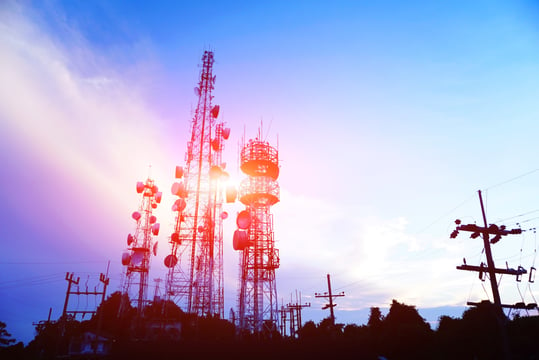
If you’re at all familiar with communications technologies, then you’ll almost certainly have come across the initials ITU. But what exactly is the ITU, and why is it of interest to people working in communications industries? In this blog, we’ll find out.
What is the ITU?
The International Telecommunication Union (ITU) is a United Nations agency, with responsibility for information and communication technologies – including, but not limited to, international standards in radio, phone and internet communications. It was originally founded back in 1865 as the International Telegraph Union, with its remit steadily expanding as communication technology progressed. It currently comprises three sections, with specific responsibility for radiocommunications (ITU-R), standardization (ITU-S) and development (ITU-D).
What are its aims?
ITU-R manages allocation of radiofrequency spectrum, satellite orbits and wireless communications. With ever-increasing congestion in the electromagnetic spectrum as more and more wireless devices are being connected, frequency allocation is becoming critical to ensure that interference does not prevent these devices from functioning properly. Although at a much earlier stage in terms of congestion levels, an analogous situation is beginning to develop with satellite orbits, as increasing numbers of countries launch satellites for communication and observation purposes.
ITU-S develops recommendations to encourage standardization across the whole range of ITU interest areas. These serve as references for companies and organizations looking to develop new technologies, and ensure the compatibility of new devices with existing systems, but aren’t (with one or two exceptions) legal requirements.
ITU-D focuses on development work, with the aim of providing the benefits of digital technology and connectivity to as many people as possible across the globe. Their annual report cites the statistic that some 50% of the world’s population do not currently have access to a digital connection.
How does it seek to achieve those aims?
ITU guidelines are arrived at by panels of experts gathered from the relevant industries, via discussions in study groups and working parties. Once they have been arrived at, the ITU provides a wide range of technical guides, whitepapers, discussion pieces and presentations to explain and promote the conclusions of the working groups.
How is it relevant to CRFS?
So how does the work of the ITU impact us here at CRFS? The first and most obvious way is in the development of our products, which are designed to be in-line with relevant ITU recommendations, particularly those relating to receiver performance, spectrum monitoring and geolocation techniques. Additionally, our expert knowledge allows us to advise on how ITU recommendations are applicable to your particular project, and how compliance with those recommendations can be achieved using CRFS equipment, so if you’ve got a set of requirements you would like to discuss, then get in touch with us here.
